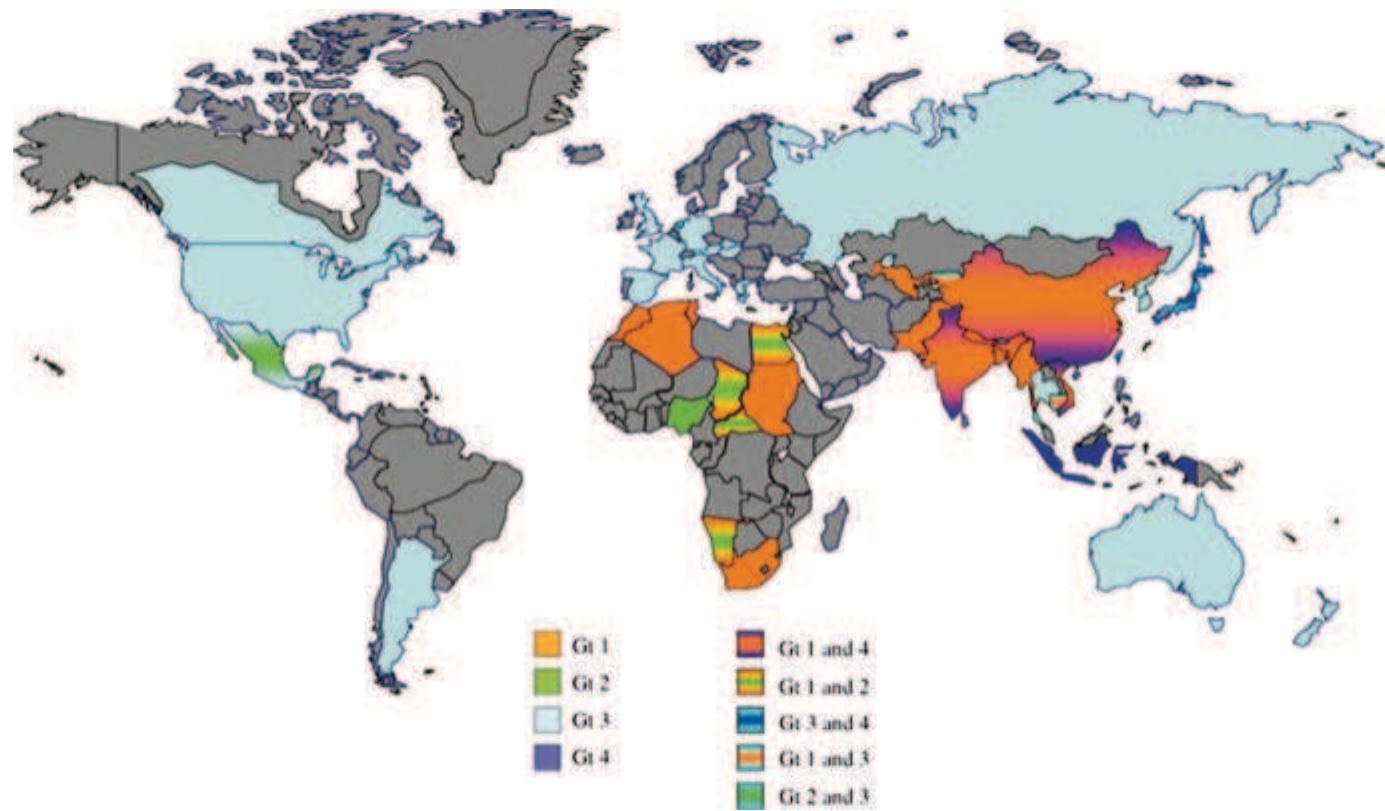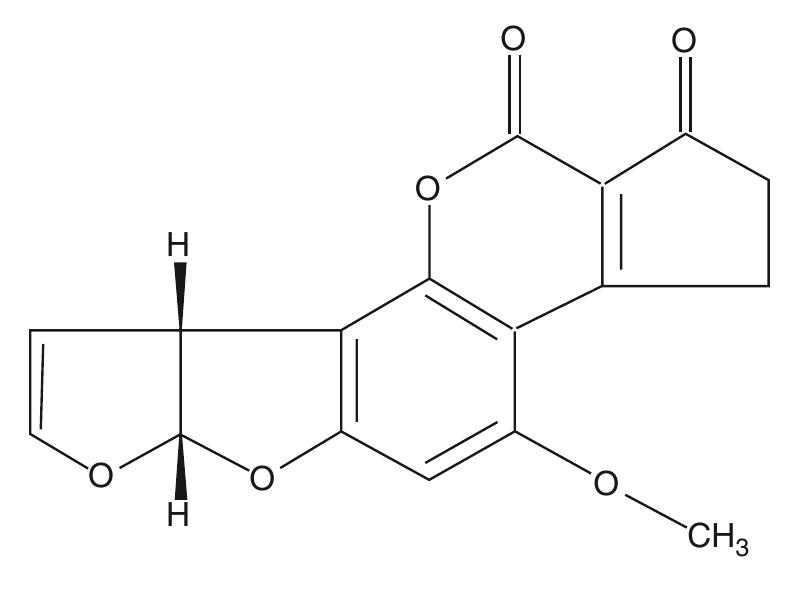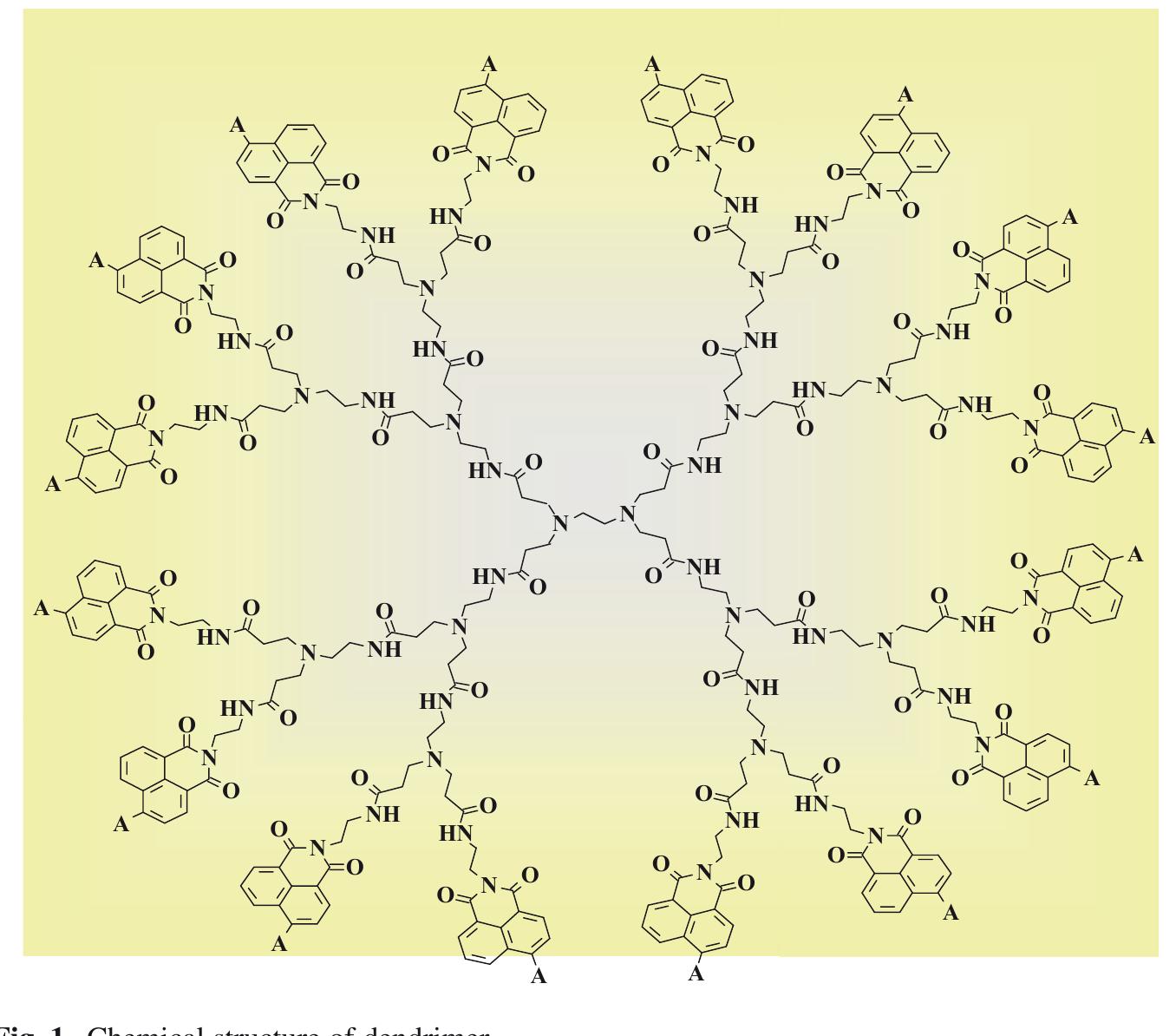Figure 3 – uploaded by Patrycja Wińska

Figure 4 Physiological probes directly bind to particular molecules in the cell or are markers of metabolic activities (such as enzyme activity and membrane poten- tial). These probes are non-specific, i.e. their action is independent of the type and the identity of the cell. Depending on whether a stain is membrane permeant or impermeant it will label both viable and dead cells or dead cells only, respec- tively. ChemChrome V6 (formerly ChemChrome B or V3) contains carboxyfluo- rescein diacetate (Fig. 4), a nonfluorescent compound that is taken up by metabolically active cells and cleaved by intracellular esterases to yield an intensely green fluorescent product (carboxyfluorescein). When used in conjunc- tion with an appropriate labelling buffer (ChemSol B12), the fluorescent car- boxyfluorescein is only retained in cells with an intact cytoplasmatic membrane (Catala et al. 1999; Parthuisot et al. 2000). As the dye will rapidly leak from dead cells because of their damaged membranes, ChemChrome V6 functions as an activity and cell integrity probe that measures both enzymatic activity and cell- membrane integrity.
Related Figures (112)
















































































































Connect with 287M+ leading minds in your field
Discover breakthrough research and expand your academic network
Join for free